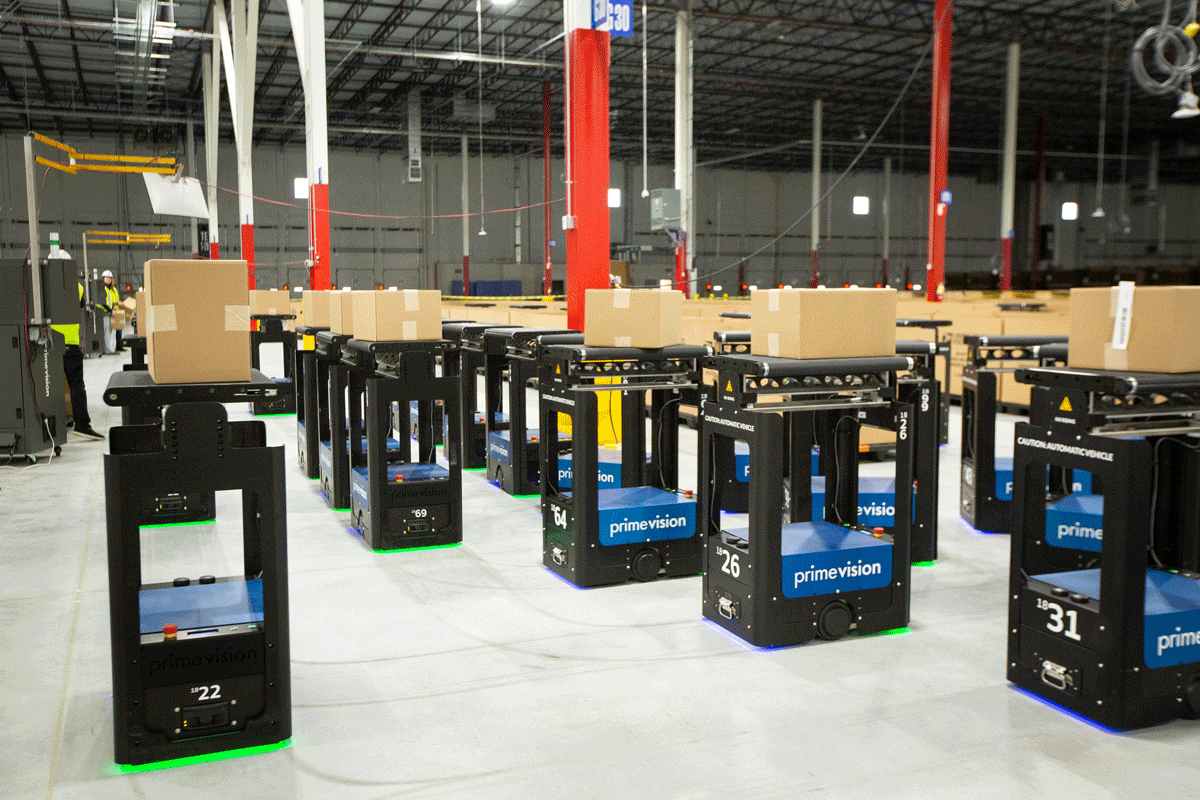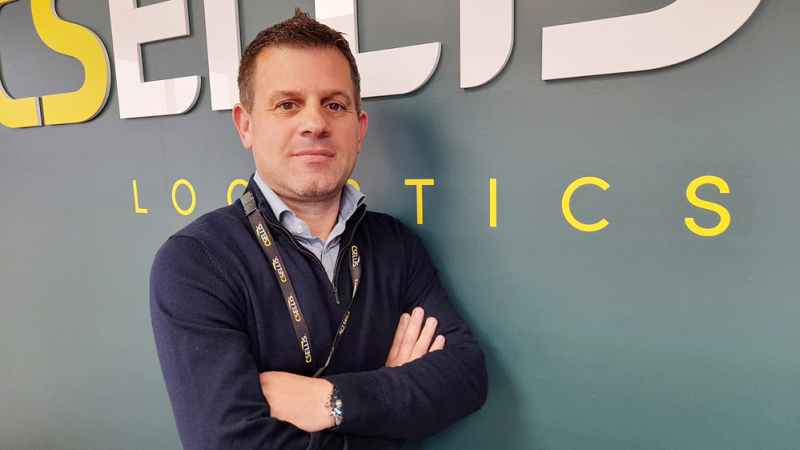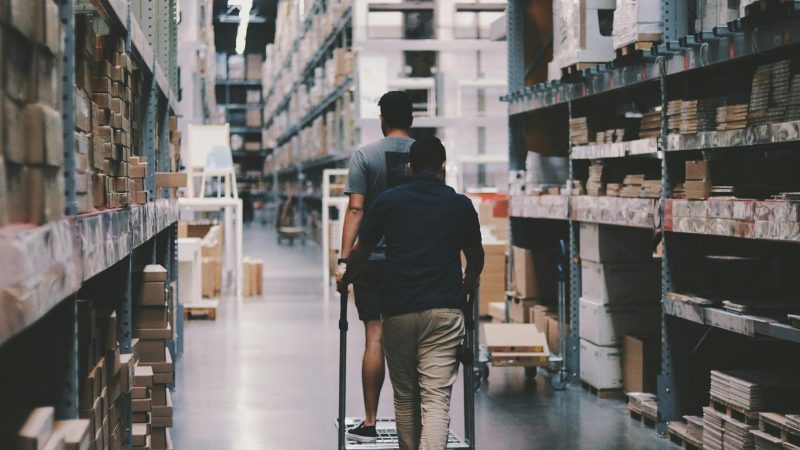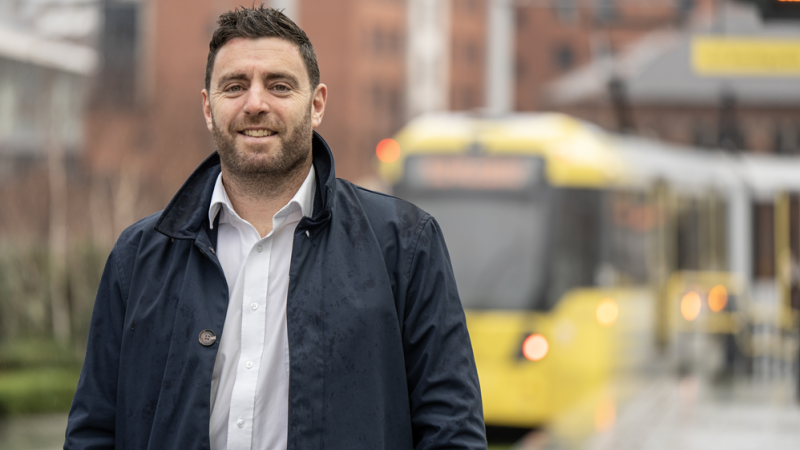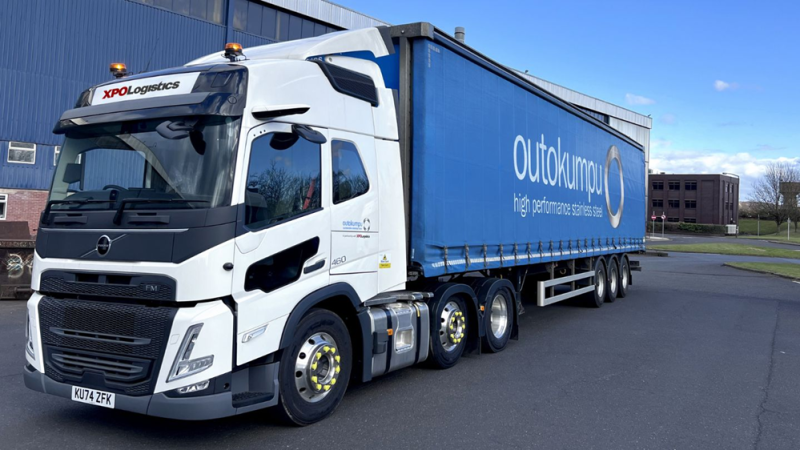In the face of ongoing labour shortages and staff retention issues, these technologies are enriching people’s lives by opening new, more meaningful roles. Contrary to the expected narrative, man and machine are now forging collaborative, beneficial relationships that will come to define the warehouse of the future.
The human factor becomes paramount
In a recent global survey of over 2,000 global supply chain professionals, it was found that 84% of organisations had issues with retaining staff.[1] This is because traditionally, warehouse work has been strenuous, monotonous and unfulfilling. Walking kilometres every day carrying parcels or standing at conveyers mindlessly sorting parcels into chutes does not appeal to many. This lack of enthusiasm, combined with unique market conditions like aging populations and the aftershocks of the pandemic have made finding and retaining employees difficult.
The manifestation of this is that many large logistics companies now have dedicated retention officers either appointed or reporting directly to the board. Having to continually retrain new employees due to high turnover is expensive and time consuming – so many of the big players are trying to make warehouse work more attractive. Programs to improve benefits and pay go a long way, but now companies are investing in new technologies to improve staff retention. The key aim? Make working in a warehouse fun.
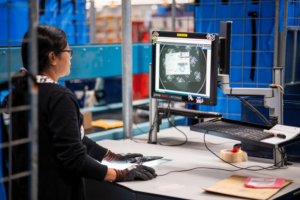 Technology changes our attitudes
Technology changes our attitudes
About 3 to 4 years ago, positioning automation as a solution to this conundrum would’ve been met with scepticism. People were inherently wary of AI and robotics as they were considered technologies to replace workers rather than assist them. However, in the context of a labour shortage and efforts to make warehouse work more engaging, attitudes are changing.
Research has illustrated this. When staff were asked if they excited about the possibilities of AI and robotics, 75% and 72% responded positively to each respective technology.[2] Why is this the case? After seeing the benefits in their day-to-day working lives, employees are supportive. These technologies are making warehouse work more engaging and meaningful – increasing the chances of people showing up to work the next day. As a specialist in both AI and robotics, Prime Vision has experienced this revolution first hand.
AI helps people diversify
Despite all the recent noise, AI has been around in one form or another since the 1960s. Terms like predictive models or big data illustrate the gradual evolution. Now, increases in computing power have made AI more proactive, predictive and helpful.
This has opened more strategic job roles in warehouse logistics. AI can now determine what packages are coming, the item diversity, predicted volumes, market trends, key destinations and the resulting effect on sorting operations. Many are using digital twins that accurately model real-world operations to experiment and plan for future scenarios.
This has two key benefits. First, warehouse personnel can now get involved in more fulfilling work using cutting-edge tools. Second, the contingencies generated from this modelling ensure that seasonal or peak demand can be met effectively and sustainably. Both serve to improve working conditions for employees.
Play hard, work hard
Using AI to track parcels moving through a warehouse also helps workers on the ground. Prime Vision’s Flow Projector takes package information from the wider warehouse data system and beams a number onto each package that correlates with its intended chute. Instead of having to laboriously read each label, scan it using a sweaty glove and determine the correct chute – employees can quickly and easily take packages to the right destination.
The Flow Projector has proven transformative. At one customer, it was discovered that employees would clock in five minutes early just to ensure they worked at a Flow Projector equipped chute. Many users gamified their work, choosing to only pick a certain projected number or entering friendly competition with coworkers. It was easier to train new employees too, especially those that spoke other languages. The performance of new starts and employees was also improved, with the customer reporting less mistakes and up to 40% more parcels processed daily.
The droids we’re looking for
Robots have liberated people from the strenuous work of moving parcels around the warehouse. For example, Prime Vision robots can carry up to a 2-metre square parcel weighing more than 30 kg. Fast, accurate, efficient and autonomous, robots have allowed all levels of consumer demand to be met without placing undue strain on warehouse employees. These capabilities have freed up workers to graduate from manual labour and take advantage of new and exciting career opportunities.
Prime Vision operates over 1000 robots across 53 sites in the US, as well as additional fleets in Europe. Other than the efficiency improvements, what is most striking about these facilities is the strong relationships between people and robots. Many customers name their robots, some even immortalising the employee of the month on the chassis. A team at one facility referred to the fleet as their ‘babies’.
This affection is because instead of walking kilometres with heavy parcels, warehouse workers are now engaging in the exciting field of managing the robot fleet. Carrying out cleaning, maintenance, planning, battery replacement and changeovers has ensured that employees have developed a duty of care towards them. Inarguably, this illustrates how robotics has enriched warehouse work, and that people are happy about it.
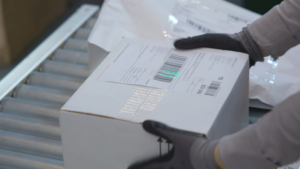 The future is an implementation game
The future is an implementation game
Instead of AI and robotics rendering us obsolete, the future will instead involve coexisting with these technologies for more fulfilling work. The variation of goods and volumes in sectors such as e-commerce means that the dark warehouse is not yet attainable. However, to achieve successful future collaboration means sensitively implementing these technologies into the workplace.
The first step is the safe design of areas where AI, robots and humans can collaborate. This is very much at customer discretion and must be conducted within the boundaries of local legislation. Whether that is to create rules to allow safe intervention by humans, or segregating areas between humans and machines – either is a valid approach to make people feel comfortable. As familiarity grows and the efficiency benefits manifest, employees become more accepting of new technologies.
The future of warehouse logistics is likely be a symphony of autonomous forklifts, robots, drones and computer vision technologies conducted by AI and overseen by humans. Realising this will not be straightforward. Arguably the biggest challenge will be implementing these technologies within brownfield warehouse environments. Here, vendor agnostic automation experts like Prime Vision will be key to widespread adoption, seamlessly integrating solutions with existing sorting infrastructure to smoothen the transition.
Following the recent successes of AI and robotics in improving job satisfaction and staff retention rates, warehouse operators and employees both have reasons to stick around in future.
More from Prime Vision: https://primevision.com/ai-and-robots-help-retain-warehouse-staff/
About Prime Vision
Prime Vision is a global leader in computer vision integration and robotics for logistics and e-commerce. As an award-winning company, Prime Vision designs and integrates solutions using the latest recognition, identification, and robotics techniques to optimise the automation of sorting processes.
Headquartered in Delft, The Netherlands, more than 170 experts provide comprehensive market and domain knowledge to digital companies around the world.
For more information, visit primevision.com
